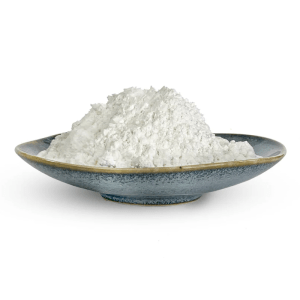Fmoc-Protected Amino Acids: Synthesis and Applications in Peptide Chemistry
April 28, 2025 | News | No Comments

# Fmoc-Protected Amino Acids: Synthesis and Applications in Peptide Chemistry
## Introduction to Fmoc-Protected Amino Acids
Fmoc-protected amino acids are fundamental building blocks in modern peptide synthesis. The Fmoc (9-fluorenylmethoxycarbonyl) group serves as a temporary protecting group for the amino terminus during solid-phase peptide synthesis (SPPS). This protection strategy has revolutionized peptide chemistry since its introduction in the 1970s, offering significant advantages over traditional Boc (tert-butoxycarbonyl) protection methods.
## Chemical Structure and Properties
The Fmoc group consists of a fluorenyl moiety attached to the amino group through a carbamate linkage. This structure provides several key characteristics:
– Stability under acidic conditions
– Base-labile nature (removable with piperidine or other mild bases)
– Strong UV absorbance for monitoring reactions
– Crystalline properties that facilitate purification
## Synthesis of Fmoc-Protected Amino Acids
The preparation of Fmoc-amino acids typically involves the following steps:
Keyword: Fmoc-protected amino acids
### 1. Protection of the Amino Group
The free amino acid reacts with Fmoc-Cl (Fmoc chloride) or Fmoc-OSu (Fmoc-N-hydroxysuccinimide ester) in the presence of a base such as sodium carbonate or N-methylmorpholine. The reaction proceeds under mild conditions to form the Fmoc-protected derivative.
### 2. Side Chain Protection
Depending on the amino acid, additional protecting groups may be introduced to mask reactive side chains. Common side chain protecting groups include:
– tBu for serine, threonine, and tyrosine
– Trt for cysteine and histidine
– Boc for lysine and tryptophan
– Pbf for arginine
### 3. Purification and Characterization
The final product is typically purified by recrystallization or chromatography and characterized by techniques such as:
– Melting point determination
– Thin-layer chromatography (TLC)
– Nuclear magnetic resonance (NMR) spectroscopy
– High-performance liquid chromatography (HPLC)
## Applications in Peptide Synthesis
Fmoc-protected amino acids are primarily used in solid-phase peptide synthesis (SPPS), where they offer several advantages:
### 1. Mild Deprotection Conditions
The Fmoc group can be removed under basic conditions (typically 20% piperidine in DMF) that are compatible with most side chain protecting groups. This allows for orthogonal protection strategies.
### 2. Compatibility with Acid-Sensitive Peptides
Unlike Boc chemistry, which requires strong acids for deprotection, Fmoc chemistry is ideal for synthesizing peptides containing acid-sensitive modifications or sequences.
### 3. Versatility in Synthesis
Fmoc SPPS enables the synthesis of:
– Linear peptides
– Cyclic peptides
– Peptide conjugates (with labels, tags, or other molecules)
– Modified peptides (phosphorylated, glycosylated, etc.)
## Recent Advances and Future Perspectives
Recent developments in Fmoc chemistry include:
– Improved coupling reagents for difficult sequences
– Novel protecting groups for challenging amino acids
– Automation and high-throughput synthesis methods
– Applications in peptide drug development and biomaterials
As peptide therapeutics continue to grow in importance, Fmoc-protected amino acids will remain essential tools for researchers in chemistry, biology, and medicine.

